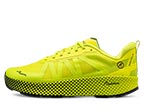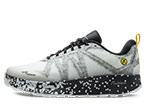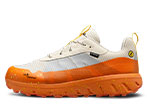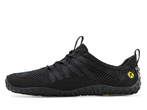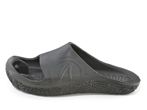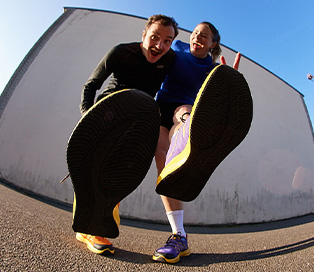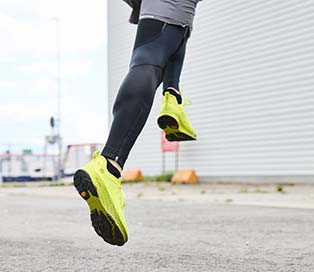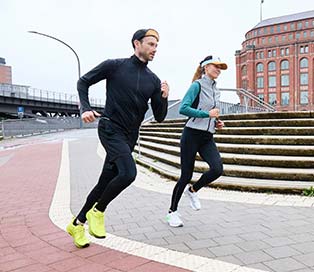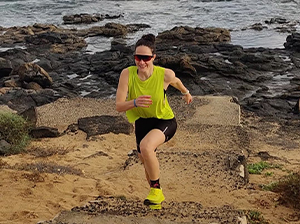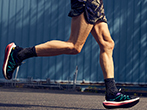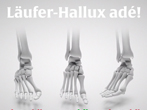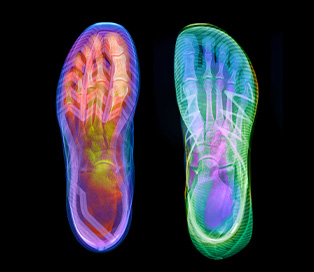The importance of big toe
“When I was young I found out that the big toe always ends up making a hole in a sock. So I stopped wearing socks”. – Albert Einstein
The purpose of the human foot is to support and control the direction of the body weight as it falls forwards during the stance phase of locomotion (Rolian et al., 2009). Fundamental principles of physics suggest a large base of support that is widest at the front would serve this purpose.
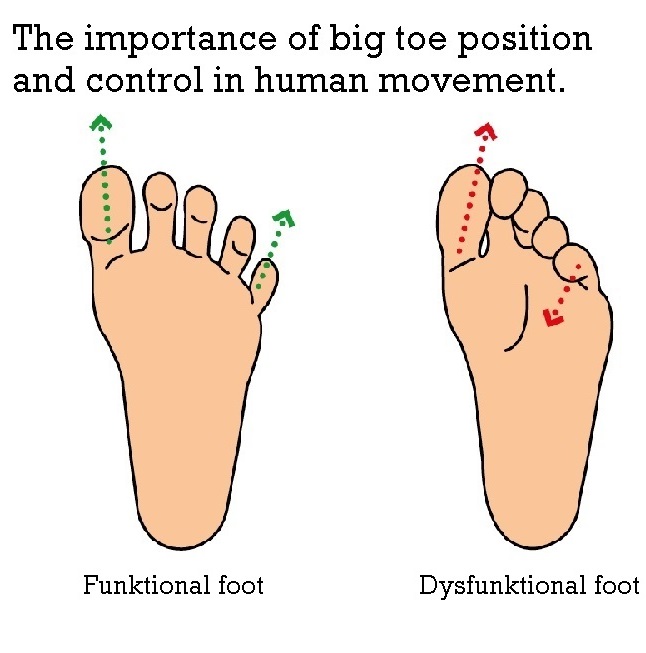
Of great importance to forefoot width and the stabilising role of the foot is the position and function of the big toe. The notable spread of this toe from the others characterises habitually-barefoot populations (Hoffman, 1905; D’Aout et al., 2009; Shu et al., 2015) and is an evolved-functional adaptation providing directional stability (Chou et al., 2009) and distributing pressure evenly under foot (Mei et al., 2015). The main function of the big toe is to direct body weight through the foot in the direction of travel (Yavuz et al., 2009). Stoneham et al (2018) recently demonstrated the association between big toe valgus (inward squash of big toe towards other toes) and foot pronation while running barefoot. Pronation increased by 0.6° for every 1° increase in big toe valgus and was related to peak internal rotation force at the knee (a risk factor for knee injury in runners). Plank (1995) also demonstrated excessive pronation of the foot with a valgus position of the big toe in walking trials.
Further evidence for the importance of the big toe in the control of human locomotion comes from neurophysiology and comparative anatomy. Hashimoto et al. (2013) mapped the neural representation of the fingers and toes in living humans and monkeys. While monkeys and humans represented fingers separately in the primary-sensorimotor cortex, the toes in monkeys were not separate. In contrast, humans had separate brain representation of the big toe from the other toes. Moreover, unlike chimpanzees and orang-utans, humans have a separate and distinct flexor muscle that inserts only to the big toe (Aiello, Dean and Cameron, 1990). The independent neural and muscular control of the big toe underlines its importance in the bipedal walking and running gaits in which humans specialise.
The unique structure, position and control of the big toe has evolved to direct the forces associated with walking and running. Misalignment compromises control of body weight through the foot, creating instability and injurious loading at the knee. Constraining the spread, and preventing direct contact of the big toe with the ground, impairs stability and increases pressures under foot, both of which increase ankle and overuse injuries (Willems et al., 2005). Functional feet require full spread and engagement of the big toe with the ground. Functional shoes must facilitate this.
References:
- Rolian C, Lieberman DE, Hamill J, Scott JW, Werbel W. Walking, running and the evolution of short toes in humans. Journal of Experimental Biology. 2009; 212:713-21.
- Hoffman P. Conclusions drawn for a comparative study of the feet of barefooted and shoe-wearing peoples. The Journal of Bone and Joint Surgery. 1905; 3:105-36.
- D’Aout K, Pataky TC, De Clercq D, Aerts P. The effects of habitual footwear use: foot shape and function in native barefoot walkers. Footwear Science. 2009; 1(2):81-94.
- Shu Y, Mei Q, Fernandez J, Li Z, Feng N, Gu Y. Foot morphological difference between habitually shod and unshod runners. PLoS ONE. 2015; 10:e0131385.
- Chou S, Cheng HK, Chen J, Ju Y, Wong MA. The role of the great toe in balance performance. Journal of Orthopaedic Research. 2009; 27:549-54.
- Mei Q, Fernandez J, Fu W, Feng N, Gu Y. A comparative biomechanical analysis of habitually unshod and shod runners based on foot morphological difference. Human Movement Science. 2015; 42:38-53.
- Yavuz M, Hetherington VJ, Botek G, Hirschman GB, Bardsley L, Davis BL. Forefoot plantar shear stress distribution in hallux valgus patients. Gait and Posture. 2009; 30(2):257-9.
- Stoneham R, Barry G, Saxby L, Wilkinson M. Relationships between foot structure, function and peak-knee adduction moments in different footwear conditions during over-ground running. Proceedings of the Fortius International Sports Injury Conference, London: September 2018.
- Plank M. The pattern of forefoot pressure distribution in hallux valgus. The Foot. 1995; 5(1):8-14.
- Hashimoto T, Ueno K, Ogawa A, Asamizuya T, Suzuki C, Cheng K et al. Hand before foot? Cortical somatotopy suggests manual dexterity is primitive and evolved independently of bipedalism. Philosophical Transactions of the Royal Society B. 2013; 368(1630):20120417.
- Aiello L, Dean C, Cameron J. An Introduction to Human Evolutionary Anatomy. Elsevier Science; 1990.
- Willems TM, Witvrouw E, Delbaere K, Mahieu N, De Bourdeaudhuij I, De Clercq D. Intrinsic risk factors for inversion ankle sprains in male subjects a prospective study. The American Journal of Sports Medicine. 2005; 33(3):415-23.
